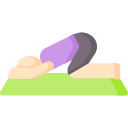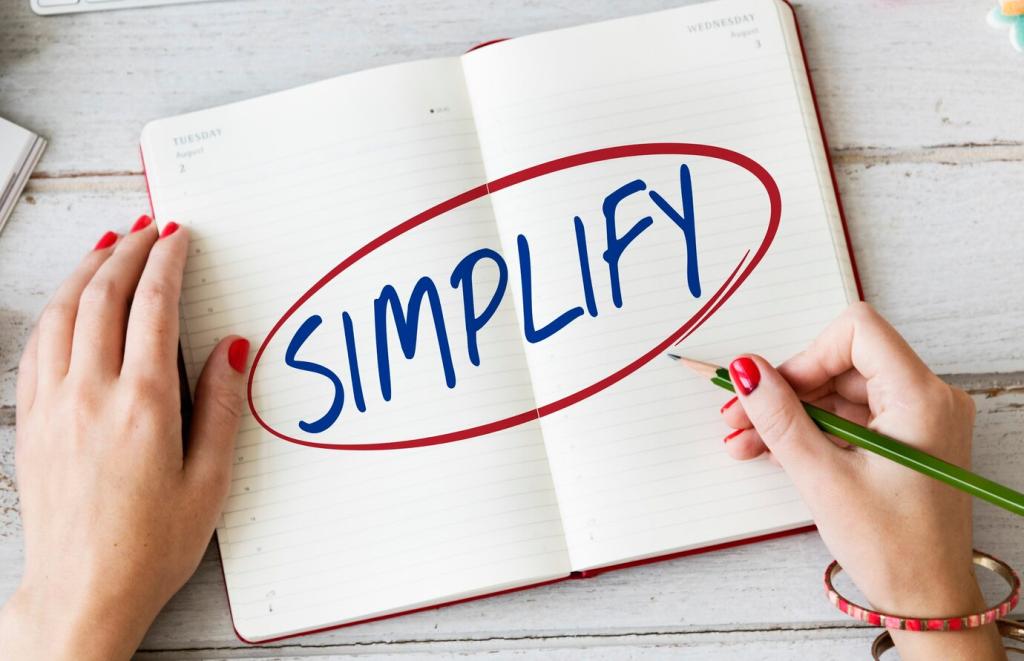Set Your Intention
Maybe you want less stress, better sleep, or a kinder relationship with your body. Write it down. When practice feels messy, your why will gently remind you that consistency matters more than impressing anyone.
Set Your Intention
Two sun breaths, one gentle stretch, or five mindful inhales can be enough on day one. Small beginnings reduce resistance, build trust, and turn yoga into a welcoming ritual instead of another overwhelming task.
Set Your Intention
Your starting line is uniquely yours. Choose simple poses that feel safe, music that calms you, and a time that fits your life. Tailoring the practice keeps you engaged and helps progress feel genuinely earned.











